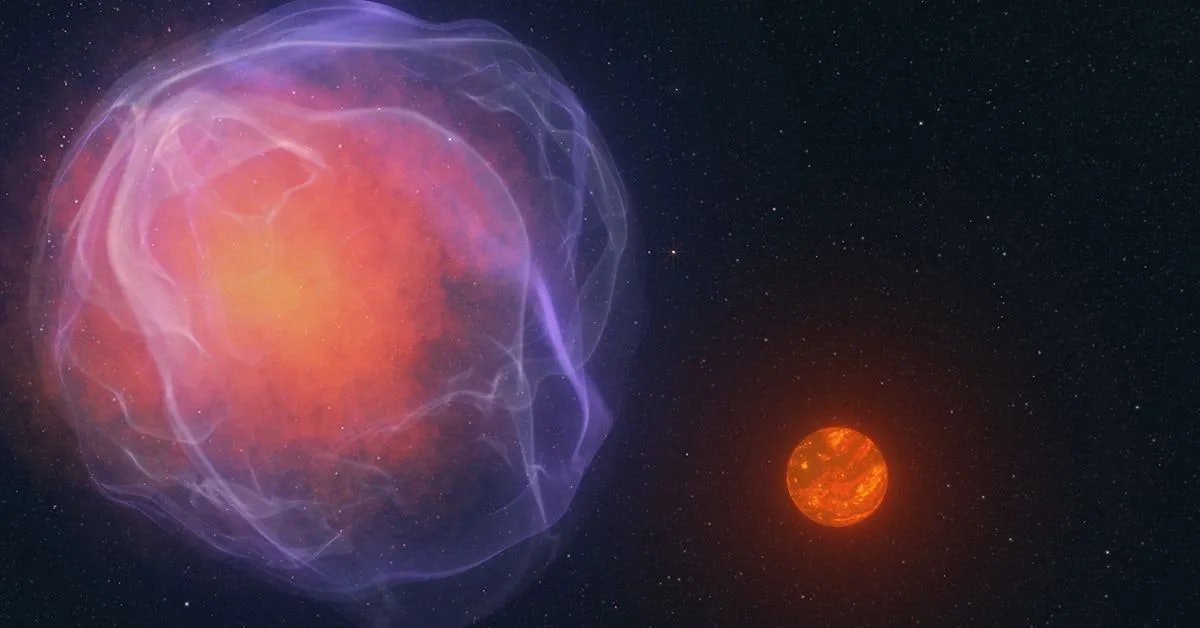
Something in space powerful enough to slingshot a would-be star out of the Milky Way at a million miles an hour is mystifying scientists.
A team of citizen scientists first discovered the object while they were working on NASA’s Backyard Worlds Planet 9 project, which uses images from the space agency’s WISE (Wide-field Infrared Explorer) mission. The mission ran from 2009 to 2011 and mapped the sky in infrared light. Once scientists at NASA got involved, they’ve since learned more about the object, including what it could be made of and where it came from.
What is the object?
Right now, researchers at NASA believe the fast-flung object, which they’ve called CWISE J124909.08+362116.0, once lived alongside another celestial body, as binary pairs are common in the Milky Way. The object also likely has a low-mass and could be a small star or a brown dwarf, an object larger than a gas giant planet, but lacking the necessary nuclear fusion to be a certifiable star. It’s possible that it was a partner to a white dwarf that went supernova. If it finally teetered over the edge towards self-annihilation and exploded, the resulting force could have given the runaway object its extraordinary speed.

Where did it come from?
Another explanation places CWISE J124909.08+362116.0 in a sea of many more companions.
Data obtained with the W. M. Keck Observatory in Maunakea, Hawaii showed that the fast-flying object is very old. NASA officials write it is “likely from one of the first generations of stars in our galaxy.”
This fits the description of a globular cluster, a spherical collection of hundreds of thousands to millions of stars that can be very old. Perhaps CWISE J124909.08+362116.0 lived in such a packed community, only separated by an average distance of just one light-year apart. A “chance meeting” with a pair of black holes, NASA says, may have been enough to send it on a one-way trip into intergalactic space.
“When a star encounters a black hole binary, the complex dynamics of this three-body interaction can toss that star right out of the globular cluster,” Kyle Kremer, a member of the research team and incoming assistant professor in UC San Diego’s Department of Astronomy and Astrophysics, said in NASA’s statement.
More data on the runaway’s elemental composition could finally answer why it’s so out of this world.







